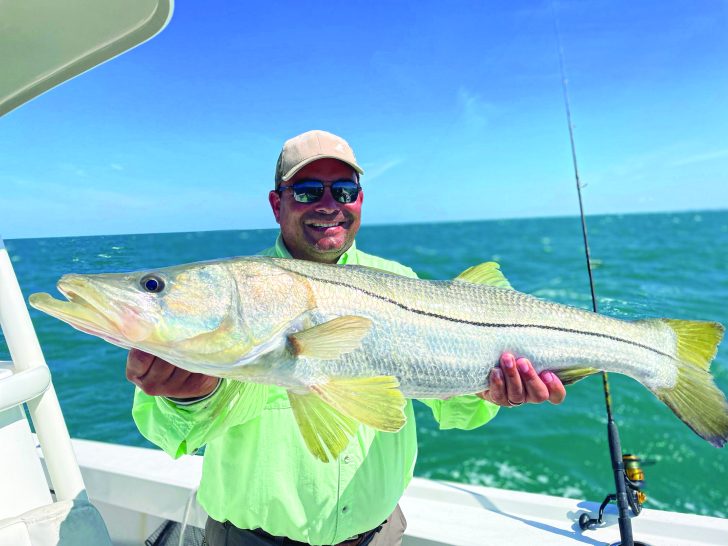By: Capt. Billy Norris
Every angler is aware that the options for tackle are nearly unlimited, and for a new angler the choices can be almost overwhelming. Whether you’re walking into a local tackle shop or perusing the isles at a mega-store, it’s important to be able to identify what works, what is necessary, and to know how to avoid overpriced gimmicks. In my opinion, most tackle (especially artificials and lures) are designed to catch fisherman’s’ wallets, not fish. My opinions are by no means the authority, however, in this article I will outline what I keep in my boat so that you can establish a baseline when developing your tackle arsenal.

Hooks: We carry a variety of different sized hooks on the boat, and you’ll want to choose an appropriate size for the fish you’re targeting. The debate between J versus circle hooks will forever rage on, but honestly, I carry both for different situations. When bottom fishing, or fishing for pelagics I prefer circle hooks. However, fast striking fish like kingfish are most effectively buttoned up using J’s. Quality is also a main factor in determining hooks. There are plenty of companies out there with fancy wrapping and shiny packaging but look for quality over flash. Nothing is worse than having a hook snap or straighten out while fighting a solid fish. My personal preferences are Owners, some Mustad lines like the Gorilla Circles, and VMC. VMC in particular makes a strong hook, and I have yet to straighten one out pulling on 300+ pound jewfish.
Weights: A wide variety of weights is crucial. Whether bottom fishing, suspending baits, or slow dropping, your weight is crucial. I keep all kinds of sinkers in varying weight sizes in my boat. What style of weight will depend on what kind of fishing you’re doing. I like to have split shots, egg sinkers, and drop sinkers on hand. Storing weights individually can be a pain, so what I do is to keep them all together in one big storage box. It keeps them all in one place and stops them from going rogue and rolling everywhere in the boat. By keeping them all collocated together you can easily pick through them to find the size you want. One important thing to remember is to ensure that you are never putting anything else in that box like lures, hooks, etc. or else you’ll take a hook though the hand while digging through looking for the right sized weight.
Jigs: The secret weapon. Jigs are the best thing on the market for targeting our local fish. Whether you’re slow pitching for yellowtail or tossing a live thread to a school of cobia on the surface, jigs are the answer. They combine the benefit of the weight and hook in the same spot, making accurate casting far easier. They also make snagging the bottom a much less frequent occurrence.
Artificial: Although I don’t like artificial much, I do keep a few in the boat. Some deep plugs for trolling gags, cuda tubes for catching barracuda, NLBNs for big snook and tarpon, and some artificials like DOAs or Gulps for trout fishing the backwaters. Other than that, however, artificials in my opinion are a waste of money. Instead of wasting your time watching YouTube videos on how to work plastic baits, learn to throw a net like a real man.
Overall, the priority to have on your boat is leader, hooks, weights, and jigs. Start with a varying combination of those and adjust depending on what you’re targeting. As time goes on, you’ll identify what works, what doesn’t, what brands are cheap garbage, and which ones are the real deal. Summer is in full swing, and the bite is hot, so give us a ring to book your trip with Pale Horse Fishing Charters today!
